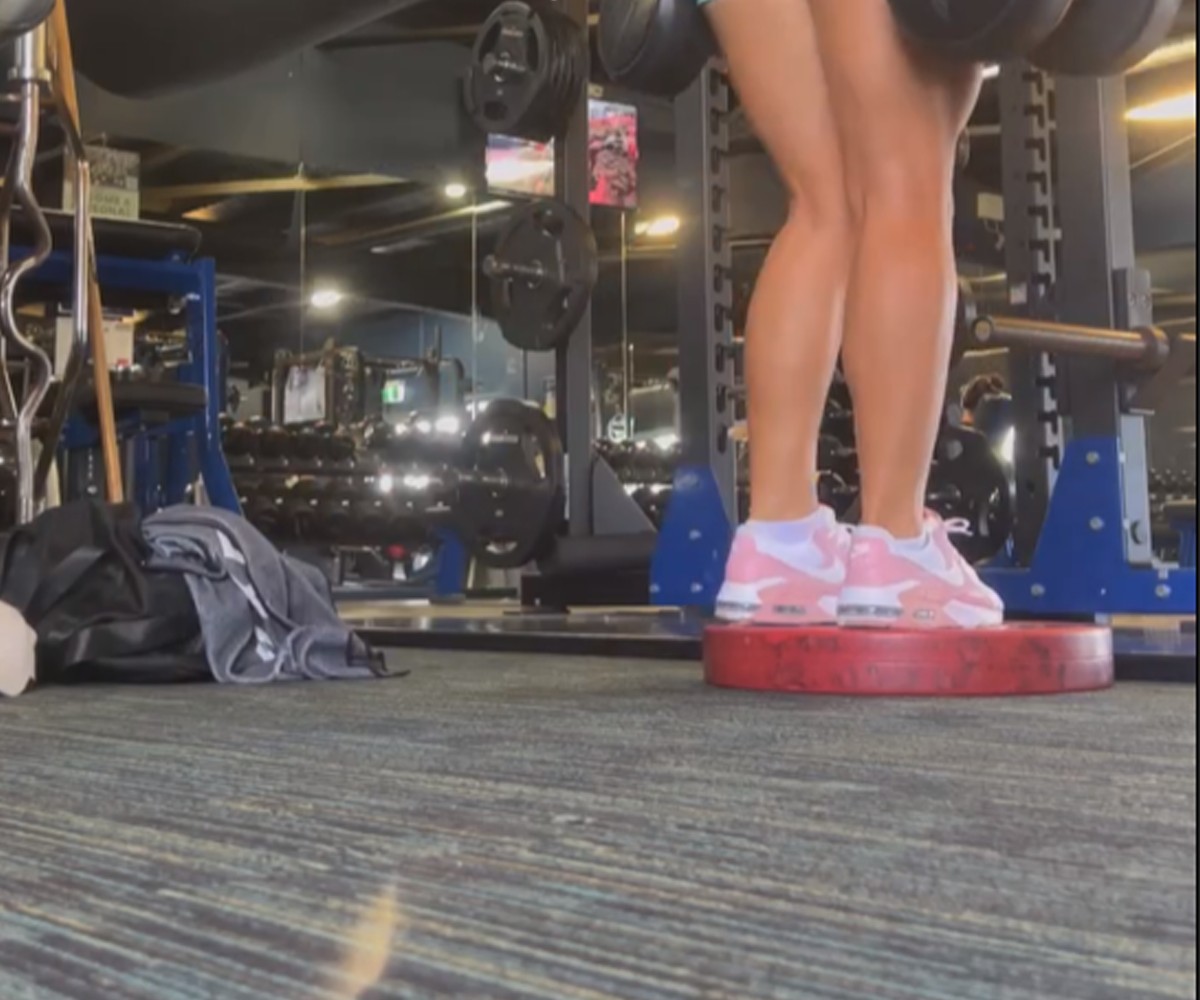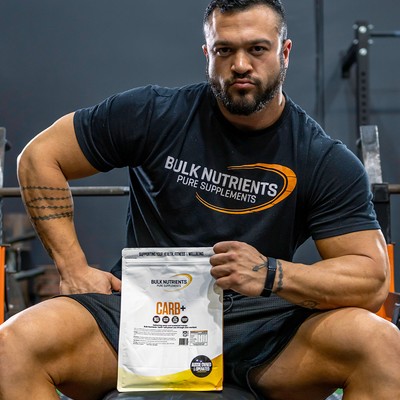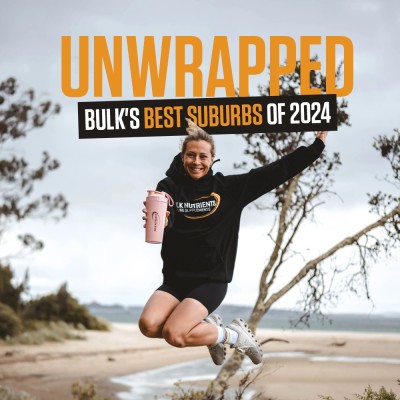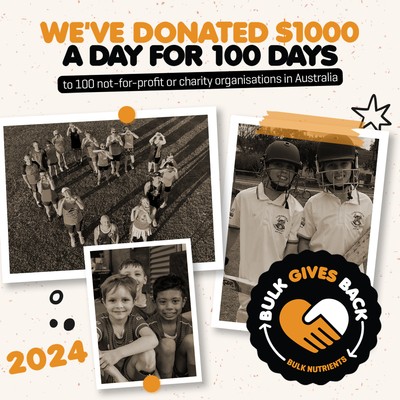How to Make Your Calves Grow

Are calves genetic?
Let's start with a home truth: One of the first reasons calves don't grow as much as other muscles are because people don't train them as hard.
Lifters say they're going to the gym to train "chest." They spend 60-90 minutes hitting their pecs from every conceivable angle. But how many times have you heard people say they're going to the gym to train calves?
Calve training for many consists of 2-3 sets at the end of a leg workout, which just isn't the same thing! That's one of the main reasons your calves don't grow.
The other reason, as hypothesised by researcher Lyle Mcdonald, is the limited androgen receptors that might be in your calves. And a look at the literature suggests this may be the case; research does in fact suggest there are more androgen receptors in the neck than in the limbs (upper body vs lower). Androgen receptors are what testosterone and related molecules cling to, with one of the effects being to generate protein synthesis.
So without as many androgen receptors in your calves, it's harder to grow muscle.
So, if your calves aren't where you want them to be, then assume this is you! It just means you need to know how to train them as best as possible.
Performing exercises with a bent knee (like seated calves raises) work the soleus more. And because the gastrocnemius crosses your knee, when you bend it on certain exercises, you basically take it out of the lift. But standing (straight-legged) calve exercises work BOTH muscles.
To work your soleus: perform seated (or bent-knee) exercises (seated calf raise)
To work your gastrocnemius: perform standing (straight-legged) exercises (standing calf raise)
Muscle fibres in your calves
The other important thing to note is muscle fibre type your calves are:
Training your calves for maximum growth
Knowing that the large gastrocnemius muscle is a type 2 fibre type gives us lots of direction; research suggests they respond better to heavier weight.
And most people in the gym don't train this muscle properly! How many times have you seen people stacking up the standing calf raise, and bouncing away like a ball?
They're not really working their calves at all.

And this is because they are utilising the ability of their elastic tissue, which can stock and recoil energy. So, they are simply activating their elastic tissue when training and NOT working the muscles of the calf.
So, the solution? Hold the peak contraction during your calve exercises, and really make sure your calves are being worked!
Specifically, start after 1 second of a pause, and explode up with the weight, squeeze for 1-2 seconds at the top, and return to the starting position over 3 seconds.
A calf training workout to make them grow faster
- Standing calf raises: (1 x 15-20 reps) bodyweight only.
- Standing calf raises: 4 x 5 reps (rest 2-3 minutes in between sets). Go as heavy as you can without sacrificing form, with the tempo mentioned above.
- Seated calf raises: 3 x 9-12 reps (1-2 minutes rest between sets) (don't go as heavy here as the soleus is a type 1 muscle fibre, meaning it might respond to lighter weight).
Like every muscle group you train, make sure you're adding more weight to the bar over time for more muscle growth.
The bottom line is that three things can stop your calves from growing: people don't train them as hard, you might have limited androgen receptors in them, and people bounce up and down instead of squeezing and contracting with an appropriate tempo.
By understanding that the gastrocnemius is a type 2 muscle fibre type that responds better to heavier weight, and that bouncing doesn't utilise the muscle, we can now train them more effectively for hopefully better growth!

Dayne Hudson
Like many, Dayne was once desperate to lose weight and get into shape. But everyone he asked, everything he read, lead to the same place... nowhere.
His journey started there - researching science journals and completing a Sports Nutrition Specialist qualification so he could make weight loss easier.
References:
- Bennett MB, Taylor GC. Scaling of elastic strain energy in kangaroos and the benefits of being big. Nature. 1995 Nov 2;378(6552):56-9. doi: 10.1038/378056a0. PMID: 7477284.
- Bryan Dixon J. Gastrocnemius vs. soleus strain: how to differentiate and deal with calf muscle injuries. Curr Rev Musculoskelet Med. 2009;2(2):74-77. doi:10.1007/s12178-009-9045-8
- Campos GE, Luecke TJ, Wendeln HK, Toma K, Hagerman FC, Murray TF, Ragg KE, Ratamess NA, Kraemer WJ, Staron RS. Muscular adaptations in response to three different resistance-training regimens: specificity of repetition maximum training zones. Eur J Appl Physiol. 2002 Nov;88(1-2):50-60. doi: 10.1007/s00421-002-0681-6. Epub 2002 Aug 15. PMID: 12436270.
- Cresswell AG, Löscher WN, Thorstensson A. Influence of gastrocnemius muscle length on triceps surae torque development and electromyographic activity in man. Exp Brain Res. 1995;105(2):283-90. doi: 10.1007/BF00240964. PMID: 7498381.
- Héroux ME, Stubbs PW, Herbert RD. Behavior of human gastrocnemius muscle fascicles during ramped submaximal isometric contractions. Physiol Rep. 2016 Sep;4(17):e12947. doi: 10.14814/phy2.12947. PMID: 27604399; PMCID: PMC5027354.
- Kadi F, Bonnerud P, Eriksson A, Thornell LE. The expression of androgen receptors in human neck and limb muscles: effects of training and self-administration of androgenic-anabolic steroids. Histochem Cell Biol. 2000 Jan;113(1):25-9. doi: 10.1007/s004180050003. PMID: 10664066.
- Peterson MD, Pistilli E, Haff GG, Hoffman EP, Gordon PM. Progression of volume load and muscular adaptation during resistance exercise. Eur J Appl Physiol. 2011;111(6):1063-1071. doi:10.1007/s00421-010-1735-9
- Roberts TJ. Contribution of elastic tissues to the mechanics and energetics of muscle function during movement. J Exp Biol. 2016 Jan;219(Pt 2):266-75. doi: 10.1242/jeb.124446. PMID: 26792339; PMCID: PMC6514471.
- Schoenfeld BJ, Vigotsky AD, Grgic J, et al. Do the anatomical and physiological properties of a muscle determine its adaptive response to different loading protocols?. Physiol Rep. 2020;8(9):e14427. doi:10.14814/phy2.14427
- Seo JY, Kim JH, Kong YY. Unraveling the Paradoxical Action of Androgens on Muscle Stem Cells. Mol Cells. 2019;42(2):97-103. doi:10.14348/molcells.2019.0004




























